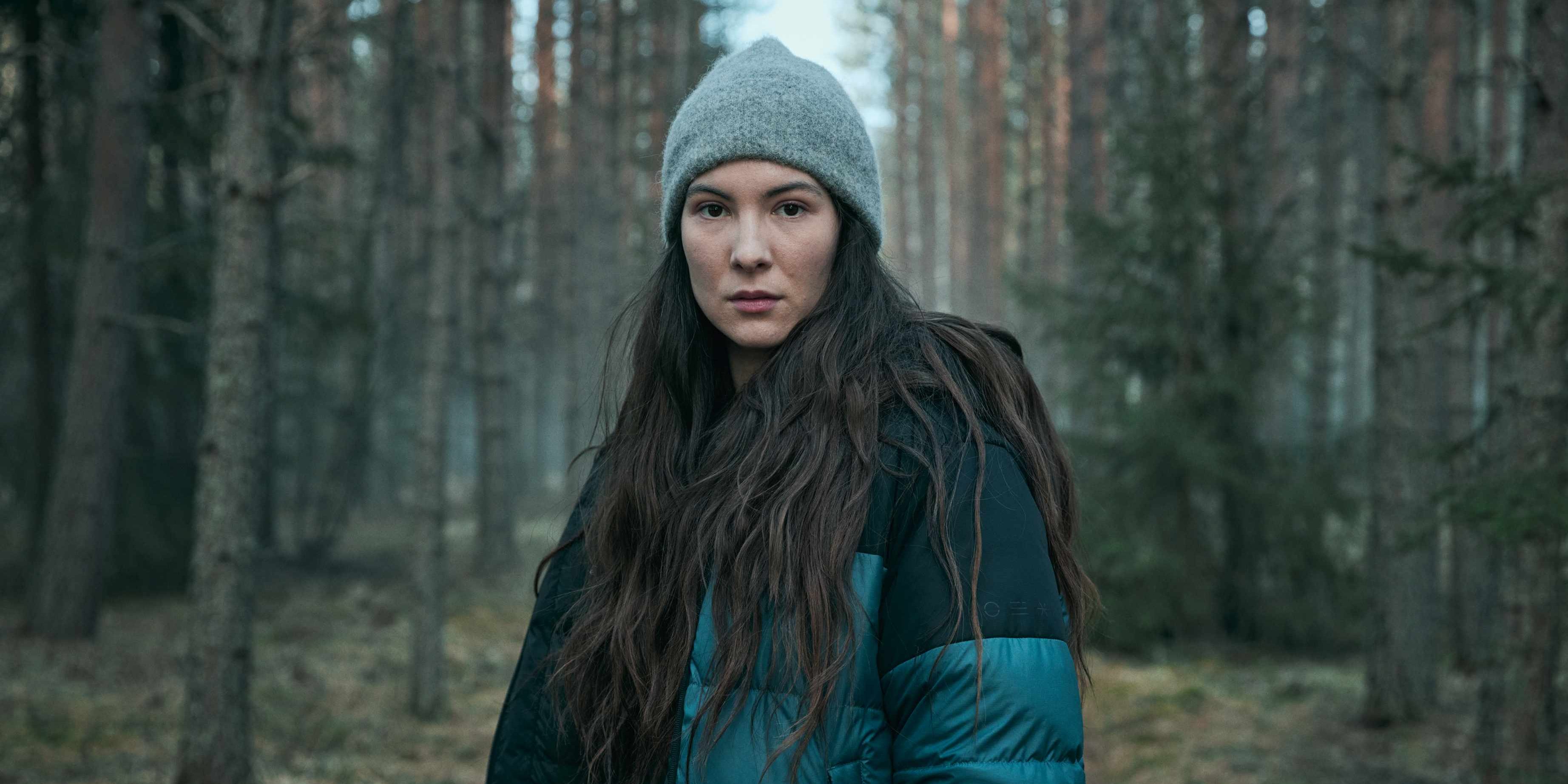Created by Camilla Läckberg, Netflix’s Swedish psychological thriller series ‘The Glass Dome’ draws to a close with a finale that is as quietly devastating as it is unforgettable. True to the show’s brooding, slow-burn intensity, the final episode unfolds with eerie stillness, shunning dramatic confrontations in favor of a chilling, almost mundane reveal of the perpetrator’s identity. And it is precisely this restraint that makes the horror linger longer. Justice is finally delivered in some form, but the emotional wreckage left behind is beyond repair. The scars are permanent for every character touched by the antagonist’s twisted legacy. Closure comes, but healing remains a distant dream! SPOILERS AHEAD.
The Glass Dome Recap
‘The Glass Dome’ follows Lejla Ness, once a victim of child abduction and now a lecturer and researcher focusing on such crimes. Her past trauma resurfaces when her aunt Ann-Marie dies, prompting a return to her childhood town, Granås. There, she reconnects with Valter Ness, a retired police chief who adopted her after her escape. Flashbacks reveal her disturbing past while present-day horrors begin to unfold again. Meanwhile, the murder of Louise Kamran and the mysterious disappearance of her daughter, Alicia Kamran, grip the town. As the investigation intensifies, Lejla becomes personally involved, drawing parallels between Alicia’s case and her own abduction.
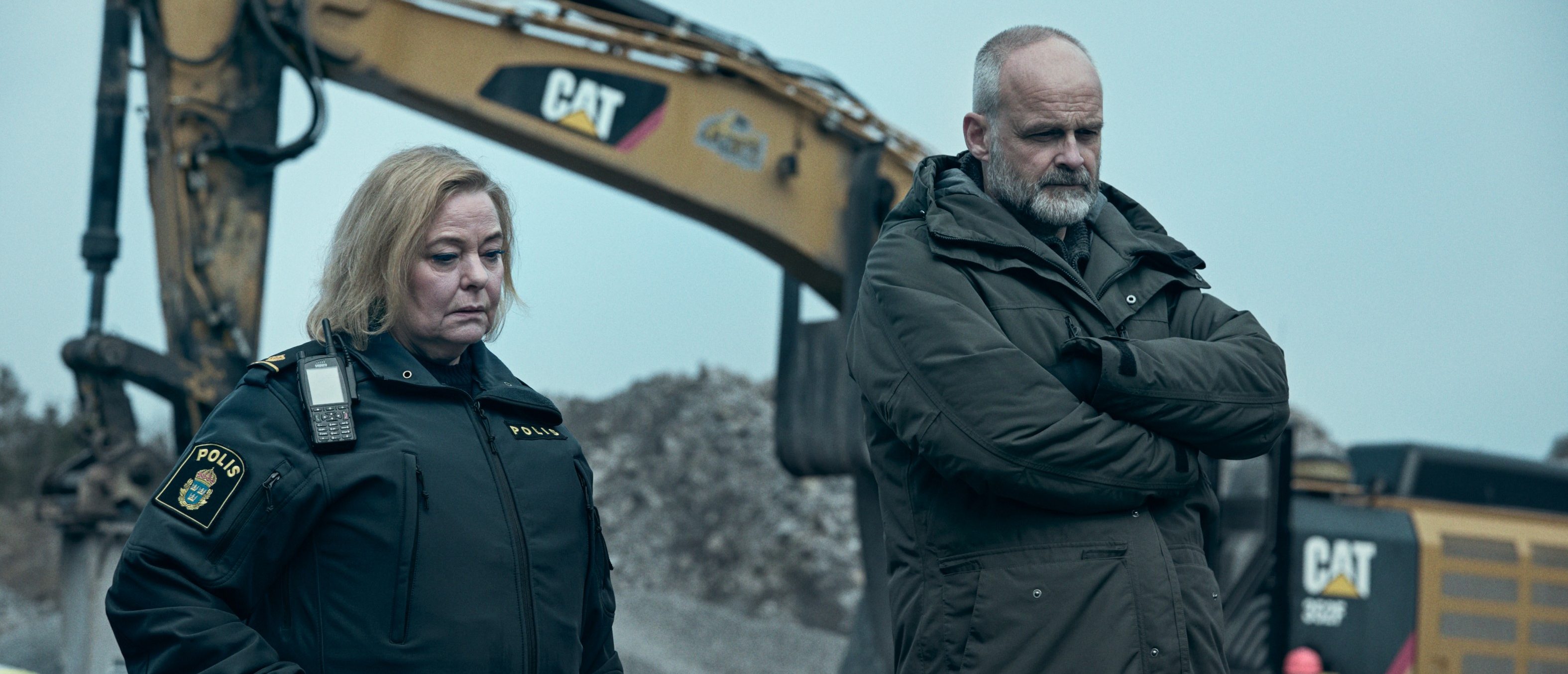
Lejla deals with haunting flashbacks of being held captive in a dark, red-lit room. Suspicions initially fall on Louise’s husband, Said, but he’s eventually cleared. Clues emerge, suggesting a broader conspiracy. Eventually, a key suspect named Ecki, a man connected to peculiar drawings and a red paint tattoo, emerges. Lejla begins profiling him, suggesting that his crimes are power-driven rather than anything else. As she and the lead investigator, Tomas, dig deeper, another girl, Elma, is abducted. The investigation leads Lejla to a remote house in Mora filled with relics from her past. Here, Martin, a supposed ally, is revealed to have a red flower tattoo.
Martin then drugs her, confirming suspicions that he is Ecki. Lejla narrowly escapes, and Elma is eventually found alive. As tensions rise, Tomas, who had a secret relationship with Louise, becomes a suspect himself for possibly covering up critical details. Amid spiraling revelations and growing distrust, the protagonist unearths not only the identity of her captor but also the systemic rot hidden within her hometown. The line between past and present blurs as she confronts her deepest fears, uncovers painful truths about her family, and refuses to let another child suffer the fate she once did.
The Glass Dome Ending: Why Did Valter Abduct Lejla and Alicia?
Valter Ness abducts Lejla and Alicia due to unresolved psychological trauma and a pathological obsession with control. His actions are not impulsive but part of a disturbing cycle rooted in his past. As a child, Valter suffered severe abuse and neglect, which corrupted his understanding of relationships and attachment. Instead of forming healthy bonds, he internalized the idea that affection could only be preserved through control and possession. Lejla’s abduction as a child is central to this pattern. He kept her in a glass dome—an eerie prison that symbolized both fragility and ownership.
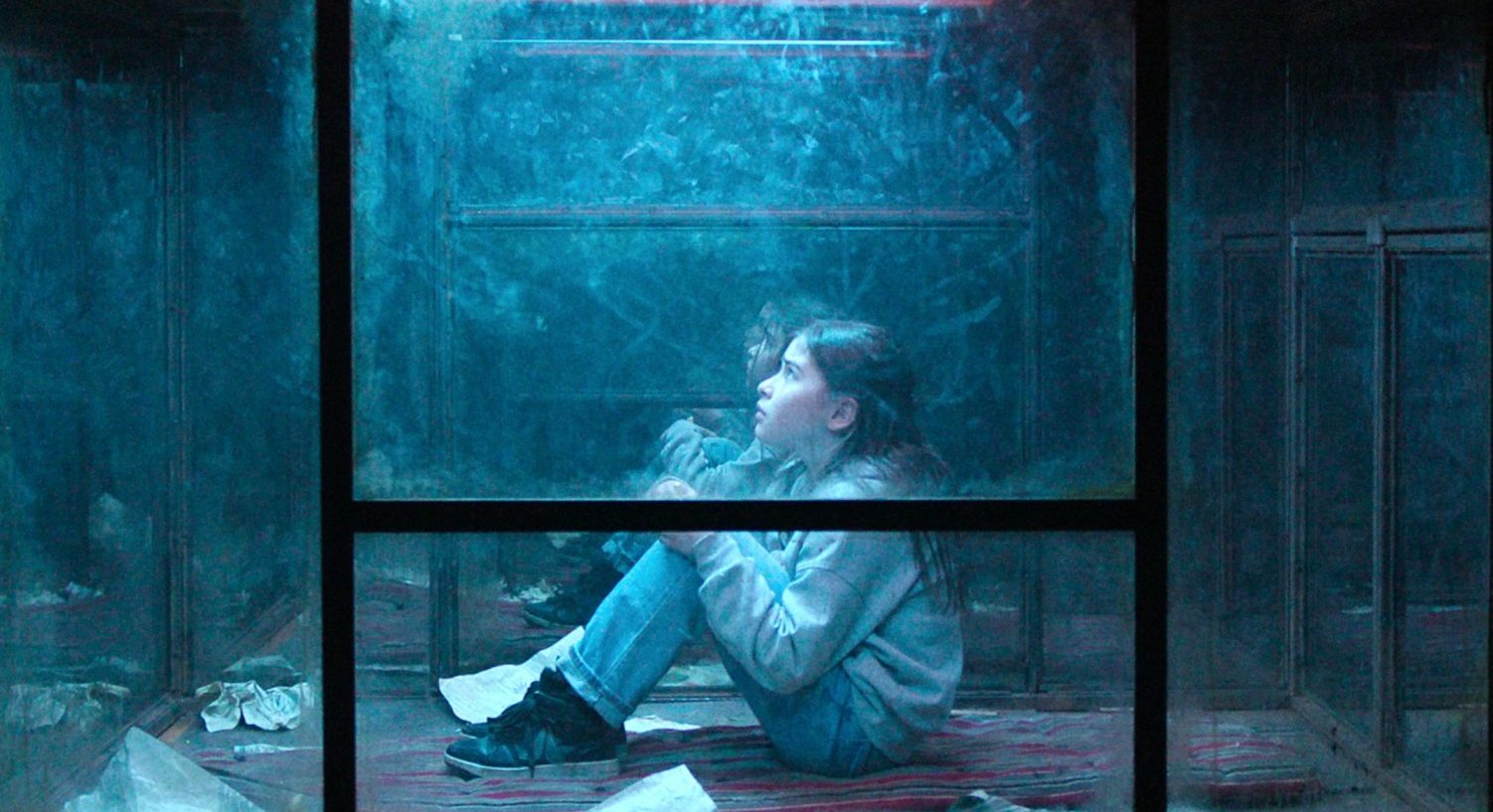
Raised by a mother who never truly valued him, Valter lived in the shadow of his brother Tomas—who had always been the cherished “momma’s little boy.” This emotional neglect left him starved for affection and burdened with a profound sense of powerlessness. That fragile psyche eventually twisted into a need to assert dominance, especially over those who reminded him of his younger, vulnerable self. Abducting little girls became his way of reclaiming control—of proving, in his own broken logic, that he was no longer invisible, no longer weak.
Two decades after abducting Lejla, Valter targets Alicia Kamran, a young girl from the Granås, signaling that his compulsions have not only endured but intensified. The latter’s abduction eerily mirrors Lejla’s own trauma, becoming the thread that unravels the past. The antagonist deliberately seeks out girls who appear fragile or emotionally isolated—those who reflect the innocence he lost. By capturing them, he attempts to recreate his own childhood, but with the roles reversed. For the protagonist, Alicia’s ordeal becomes a painful mirror, forcing her to revisit the blurred boundaries she once faced between false affection and captivity and ultimately confront the lingering horrors of her own stolen youth.
The show uses these two narratives to delve into the psychological profile of predators like Valter—men who masquerade as protectors while committing unforgivable crimes. His need for control isn’t limited to physical captivity; it extends into emotional and psychological domination. His manipulation of Lejla, disguised as fatherly love, reveals how trauma can be masked under layers of distorted affection. Exploring this complexity, the series challenges viewers to question traditional notions of safety and caregiving, especially when the protector is also the perpetrator.
Why Did Valter Adopt Lejla? Why Did He Keep the Hair of His Victims?
Valter’s decision to adopt Lejla stemmed from his deep-rooted psychological trauma and a compulsive need to control those he deems vulnerable. After abducting her as a child and holding her in a glass dome, he constructed a warped version of reality where he played both captor and caretaker. By adopting her, he legitimizes his presence in her life while continuing to control her every move. This adoption was not an act of redemption; it was a calculated decision that allowed him to maintain psychological dominance under the guise of paternal affection. For Valter, adoption became a mask—he positioned himself as a savior who “rescued” Lejla from the world, all while continuing to manipulate and mold her into someone dependent on him.
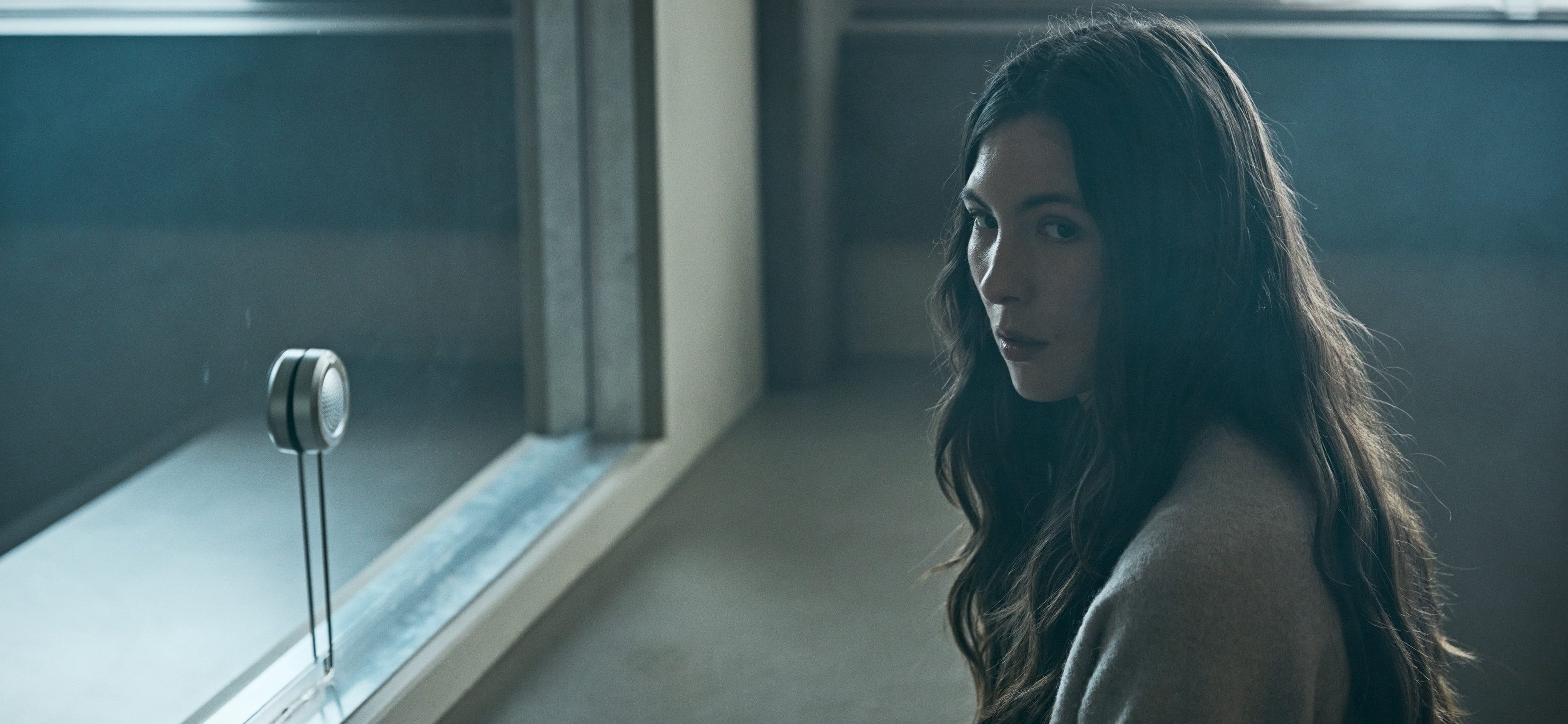
Valter’s compulsion to keep the hair of his victims reveals another layer of his pathology—his obsession with control and remembrance. Hair, in this context, serves as a disturbing trophy. It is not just a keepsake; it is a physical marker of his dominance. Collecting hair is a behavior observed in several serial offenders, often symbolizing both possession and a desire to relive the power dynamic of the initial abuse. Each strand is a victory for him, a piece of the victim he believes he owns. The act of preserving hair ties directly into his inability to let go—it’s his way of freezing the moment of control long after the actual act has passed.
In ‘The Glass Dome,’ the hair collection stands as a chilling counterpart to the dome itself—both are tools Valter uses to capture and contain those who once had no choice but to submit to his will. The symbolic weight of the hair trophies extends beyond his psyche—it speaks to the lasting damage of abuse. Just as the glass dome represents the physical containment of Lejla’s childhood, the collected hair becomes a metaphor for the emotional and psychological captivity she and other victims endure. These remnants reflect how trauma persists, embedding itself in memory, identity, and even the body.
Valter may no longer hold his victims physically, but the emotional scars remain, as visible and haunting as the strands of hair he keeps. In this sense, the series uses these objects to emphasize how abusers often retain a presence in their victims’ lives long after the abuse ends.
Why Does Valter Kill Louise? Did He Kill Milena?
Valter kills Louise Kamran before abducting her daughter, Alicia, which can be seen as a disturbing move that exposes just how calculated and ruthless he truly is. This is not a reactive killing to silence suspicion; it is a deliberate, premeditated act to remove an obstacle in advance. As a fiercely protective mother, Louise is the one person who could have prevented Alicia’s abduction. The antagonist knew this. By eliminating her, he cleared the path to take her without resistance. The way he stages Louise’s death—leaving her in a blood-filled bathtub—also speaks volumes. It’s not just a murder; it’s a statement. It shows he no longer needs to hide behind his façade of civility.
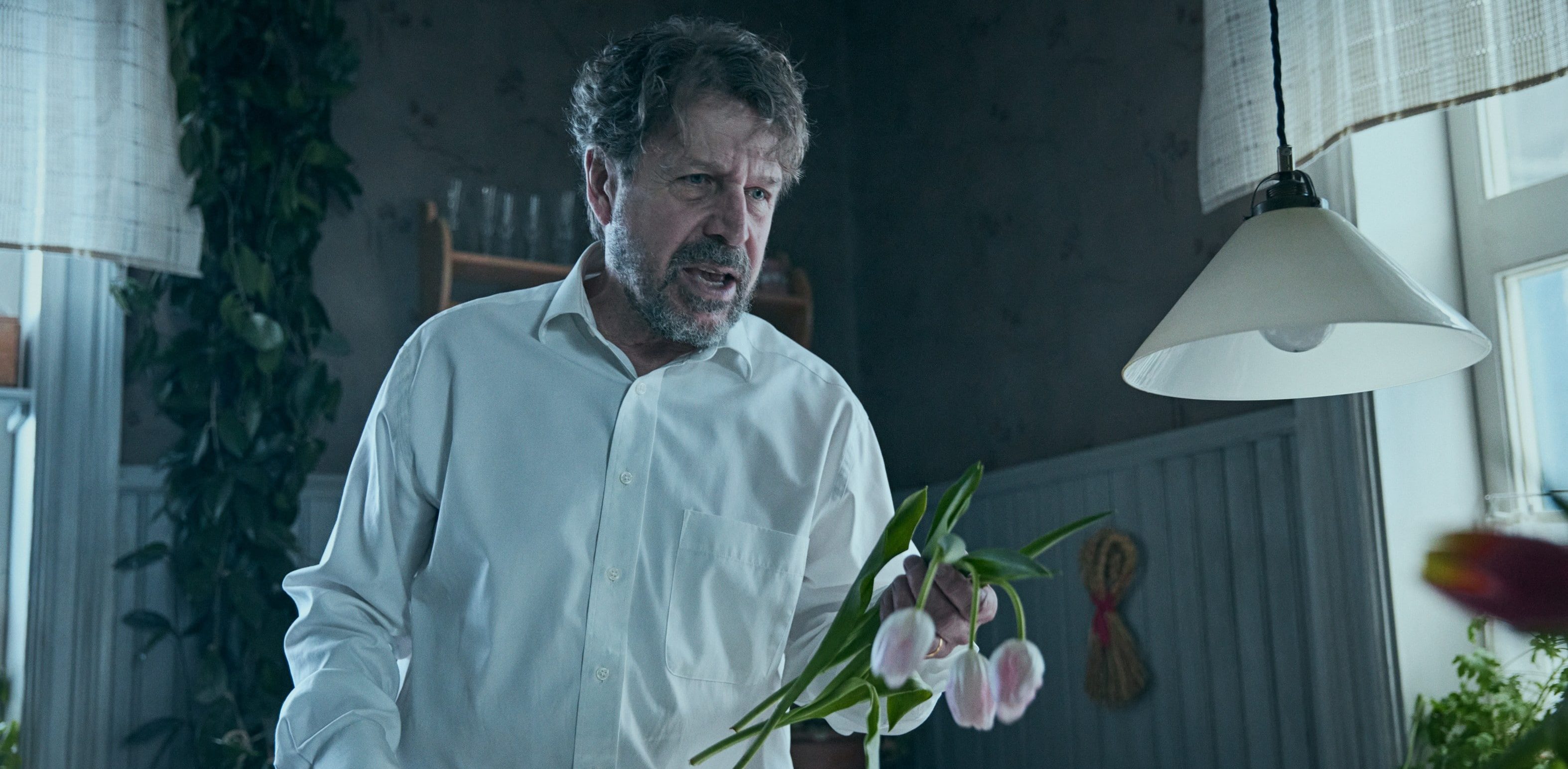
With Louise out of the picture, Valter executes his plan with chilling precision, reinforcing his obsession with power and dominance. Milena’s death, on the other hand, is steeped in ambiguity, but context heavily suggests Valter’s involvement. She was Lejla’s biological mother, and the antagonist’s convenient claim that she died by overdose is hard to accept at face value. Given what we learn about Valter’s pattern—specifically, his obsession with abducting and possessing young brown-haired girls—it becomes clear that Milena, like Louise, stood in the way. Killing Milena seemingly also allowed him to step in and save Lejla, adopting her under the guise of care while masking the abduction.
Valter’s disturbing line to Lejla later in the series, “That fire… I saw it straight away. You were different from the rest,” shows that Valter had chosen her long before she knew it. The murders of Louise and Milena expose a chilling, strategic pattern. Valter doesn’t just steal children—he dismantles their lives before doing so. He removes the mothers, the protectors, and the last line of defense to create a vacuum he can fill. Louise’s murder is the inciting incident, while Milena’s death is the original sin that sets everything in motion. In both cases, Valter’s calculated violence is about erasing the people who would make escape or resistance possible. ‘The Glass Dome’ doesn’t just explore what Valter does to Lejla and Alicia; it also exposes how he rewires their entire worlds, brick by brick, until all that’s left is him.
Are Valter’s Other Victims Alive? Whose Remains Are Found in the River?
By the time ‘The Glass Dome’ reaches its climax, it becomes clear that Valter’s reign of terror spans far beyond Lejla and Alicia. The investigation reveals that the antagonist had been abducting young girls—specifically those with brown hair—for decades. Tragically, most of these victims did not survive. Their decomposed remains, discovered in a nearby river, confirm the scale of his crimes. These revelations dismantle any lingering ambiguity around Valter’s intentions: he has not been just a disturbed man with delusions of fatherhood; he was a methodical predator who killed without remorse. This turns the case from one of rescue into a desperate race against time.
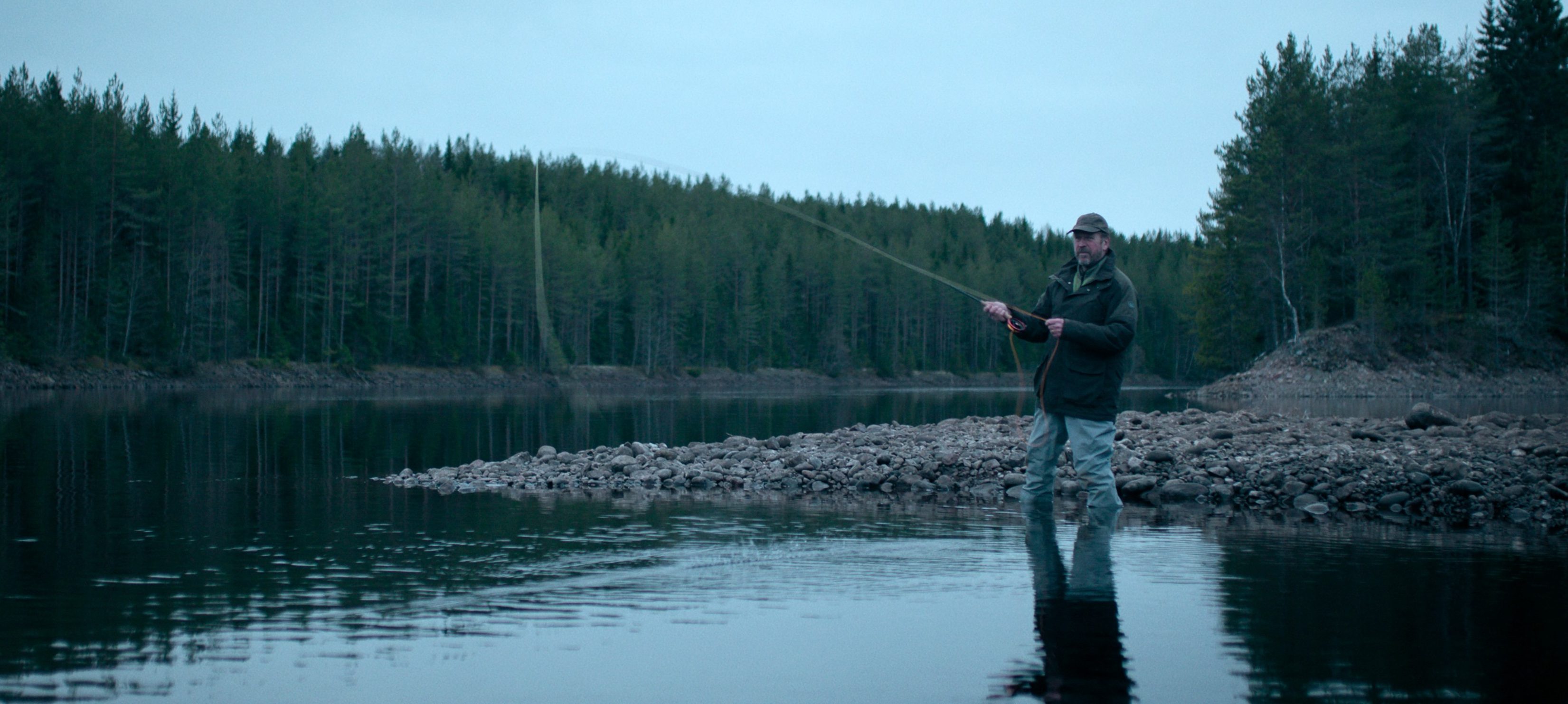
What begins as a psychological mystery tightens into a murder investigation, bringing with it the full weight of Valter’s violence and the irreversible toll it has taken on innocent lives. The discovery of the remains serves as a narrative pivot—transforming the story’s emotional stakes and altering how we perceive every interaction Valter has had throughout the series. For years, he masked his crimes behind the façade of a reclusive guardian, a man with eccentric tendencies but no obvious signs of violence. But these buried truths collapse that illusion. The shift is not just forensic but psychological: Lejla must confront the realization that she is not the exception but part of a terrifying pattern.
The remains in the river also allow the series to widen its scope, giving voice—if only posthumously—to the girls who never survived. In doing so, ‘The Glass Dome’ doesn’t just tell a story of survival; it mourns the stories that ended in silence. This moment transforms the narrative from a personal tale of trauma into a larger indictment of how evil can hide in plain sight when not confronted. The remains expose the legacy of Valter as one not of twisted affection but of predatory repetition. This final stretch of the narrative is as much about reckoning as it is about rescue, making the series not just a mystery but a harrowing and necessary confrontation with generational harm.
Tomas Saves Lejla and Alicia But Spares Valter
In the chilling climax of ‘The Glass Dome,’ Tomas arrives just in time to prevent a horrific tragedy. Alicia is seconds away from death—strangled by the man who has spent decades hiding behind a façade of fatherhood and civility. Inside the glass dome, Lejla—once again imprisoned in the same way she was as a child—fights back with a haunting display of defiance. She begins banging her head against the glass wall, drawing blood. It’s a calculated move: Lejla knows Valter doesn’t want her dead. Her suffering unravels him, and her self-harm becomes the ultimate act of resistance. “Stop that,” Valter screams. But she doesn’t. She keeps banging until she collapses unconscious.

That act of sacrifice buys Tomas the few seconds he needs. He storms in to find his brother in the middle of another murder. Valter, aware that the game is over, doesn’t resist. Instead, he points to his own head and tells Tomas to shoot him. “Do it,” he pleads, almost begging for release. Burdened with the weight of everything he’s just witnessed—years of deception, violence, and betrayal—Tomas has every reason to end it all at that moment. But he doesn’t. Instead of giving in to rage or despair, his brother chooses justice over vengeance. He seemingly shoots Valter in the leg to subdue him—paralyzing but sparing his life. Police reinforcements arrive soon after, and Tomas walks out of the dome with both Lejla and Alicia, traumatized but alive. The camera cuts, but the emotional residue remains.
In a haunting final scene, Lejla visits Valter in prison. He’s in a wheelchair now, a shadow of his former self, but his psychological grip still lingers. As they sit across from each other, separated by glass, he leans forward and whispers: “It doesn’t matter who is behind the glass because you are in here in my head.” The line sends a chilling message— the antagonist may be physically damaged and imprisoned, but the psychological damage he’s inflicted continues to echo. His words confirm what Lejla feared all along: true captivity isn’t always visible.
Before opening a new chapter of her life, Lejla helps retrieve and identify the remains of the missing girls—some of whom were never even reported. It’s a grim but necessary act of closure, not just for the victims’ families but for herself. With that, she likely prepares to depart for the United States as originally planned. But the escape is bittersweet. Her trauma hasn’t just resurfaced—it has multiplied. Lejla is free but not unscarred. Her body may cross borders, but her mind is tethered to the dome, to the girls, and to the man who once called himself her father. ‘The Glass Dome’ concludes not with triumph but with survival—raw, complicated, and unresolved. Justice is served, but healing remains uncertain. For Lejla and Alicia, the road ahead is long, and memory is its own kind of prison.
Read More: North of North Ending Explained

